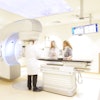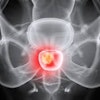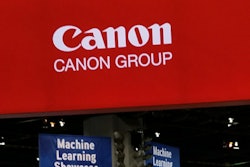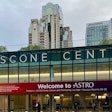
The American Society of Radiologic Technologists (ASRT) announced that vacancy rates for radiation therapists rose in 2018, and it also awarded two safety grants.
The vacancy rate for radiation therapists rose to 3.2% in 2018, up from 2.9% in 2016, according to the ASRT Radiation Therapy Staffing and Workplace Survey 2018. The vacancy rate in medical dosimetry fell from 3.5% to 2.4% over the same period.
The staffing survey also provides information about the average number of full-time radiation therapists and medical dosimetrists working in medical facilities. Results show the average number of budgeted positions per facility in therapy rose from 7.3 in 2016 to 7.7 in 2018. Over the same period, the number of budgeted positions for medical dosimetrists edged up slightly from 2.2 in 2016 to 2.5 in 2018.
The ASRT conducts staffing surveys each year, alternating between the medical imaging and radiation therapy practice areas to monitor workplace and hiring trends in the radiologic sciences. In June 2018, ASRT emailed the Radiation Therapy Staffing and Workplace Survey to 1,541 managers at U.S. radiation therapy facilities. At the close of the survey in July 2018, 138 respondents submitted completed questionnaires.
In other ASRT news, the ASRT Foundation and Canon Medical Systems USA awarded Safety First grants to Riverside Health System in Newport News, VA, and OhioHealth Riverside Methodist Hospital in Columbus, OH, to implement initiatives that will elevate technologist safety in the workplace.
The program awards two ASRT members per year a grant of up to $7,000 each to improve radiologic technologist safety in their departments.
One of this year's recipients is Ruth Van Davelaar. The grant will be used to purchase a vertical power lift that allows technologists to move patients with ease from floor-level surfaces to higher levels such as a chair or treatment table. The new lift will provide safety for the radiation therapist, reducing potential back strain and subsequent injuries, as well as for the patient. The device is paired with the ASRT's Safety Essentials: The Series educational program.
The other recipient is Annette Long. The grant will be used to purchase a ferromagnetic detection system for MR safety. The device will allow for real-time screening of implants, devices, and supplies and prevent injury from ferrous materials that could otherwise enter the screening room. Unlike wand detectors that rely on the user, this device will provide consistent and reliable screening while remaining less intrusive than other screening methods, according to the ASRT. Long will also receive Safety Essentials: The Series.



















